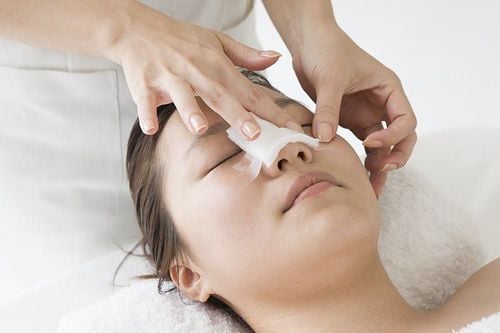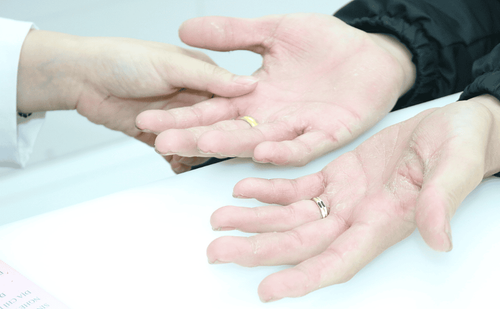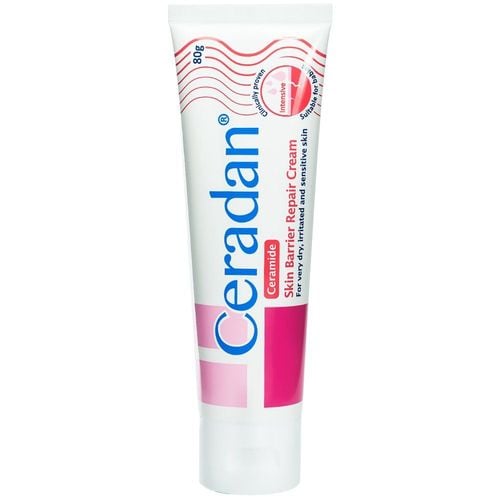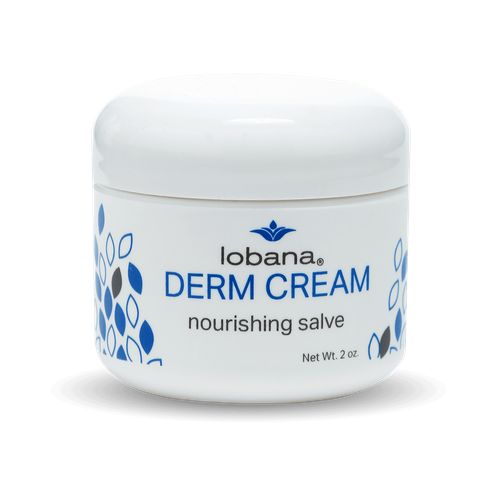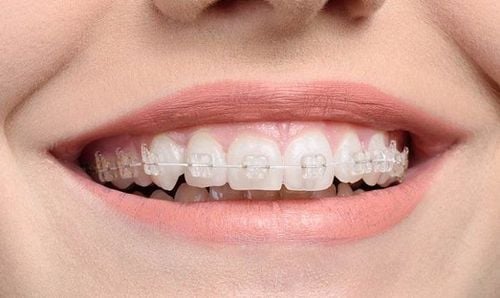This is an automatically translated article.
When you start searching for skin products and you start to wonder: What's the difference between a hydrating product and a moisturizer being two different things? The answer is yes - but how do you know which is best for your skin? To find out, it's important to distinguish between dehydrated and dry skin.
1. What is dehydrated skin?
Dehydrated skin is a skin condition that occurs when the skin is not supplied with an adequate amount of water. This can happen to anyone, regardless of skin type – people with oily or combination skin can still become dehydrated. Dehydrated skin often looks dull and can show signs of premature aging, like surface wrinkles and loss of elasticity.
A great way to know if your skin is dehydrated is the skin pinch test. While this test isn't certain, it's a good way to start thinking about your skin from the inside out. With dehydrated skin, you may also notice:
Dark circles under your eyes or tired eyes Itching Dull skin Wrinkles more sensitive You can easily check for dehydrated skin by pinching a Apply a small amount of skin on your cheeks, belly, chest or back of your hand and hold for a few seconds. If your skin tightens, you're probably not dehydrated. If it takes a few minutes to recover, you may be dehydrated. You can also test with other areas of your body to see if your skin is really dehydrated.
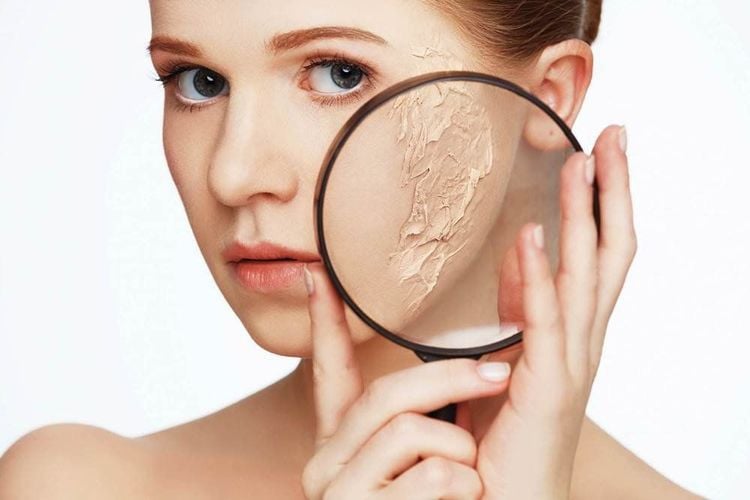
Da mất nước
2. What is dry skin?
On the other hand, for dry skin, water is not an issue. Dry skin is a type of skin, like oily or combination skin, where the skin lacks oils or lipids, so it has a more dry and flaky appearance.
You may also see:
Scaly appearance White scales Redness or irritation Increased incidence of psoriasis , eczema or dermatitis

Da khô
3. Dehydrated skin and dry skin need different treatments
If you want your skin to look its best, you need to hydrate and moisturize. However, people with dehydrated skin may skip moisturizer while dry skin types may find their skin gets worse with just moisturizing.
If you are hydrating and moisturizing, use moisturizing ingredients first, then take the necessary steps to moisturize.
See our table below for an ingredient breakdown by skin type or condition.
| Thành phần | Tốt nhất cho da khô hoặc da thiếu nước? |
| Axit hyaluronic | Cả hai: Nhớ thoa dầu hoặc kem dưỡng ẩm để khóa lại |
| Glycerin | Mất nước |
| Nha đam | Mất nước |
| Mật ong | Mất nước |
| Hạt hoặc dầu hạt, chẳng hạn như dừa, hạnh nhân, cây gai dầu | khô |
| Bơ hạt mỡ | Khô |
| Dầu thực vật, chẳng hạn như squalene, jojoba, hoa hồng hông, cây trà | Khô |
| Chất nhầy ốc sên | Mất nước |
| Dầu khoáng | Khô |
| Lanolin | Khô |
| Axit lactic | Mất nước |
| Axit citric | Mất nước |
| Ceramide | Cả hai: Ceramides tăng cường hàng rào bảo vệ da để giúp ngăn ngừa mất độ ẩm |
4. Extra tips to mist boost your skin health
For dehydrated skin, oral moisturizing is a must as it replenishes the skin from within. You can also incorporate water-rich foods into your diet, such as watermelon, strawberries, cucumbers, and celery. Or bring more mineral spray or rose water.
For dry skin, continue to moisturize. This process helps dry skin better retain water and maintain proper hydration levels. The key to tackling dry skin is finding products that help you lock in moisture, especially overnight. Try using a humidifier, especially during the winter months, and apply a gel sleeping mask for an extra boost.
Please dial HOTLINE for more information or register for an appointment HERE. Download MyVinmec app to make appointments faster and to manage your bookings easily.
Reference source: healthline.com




